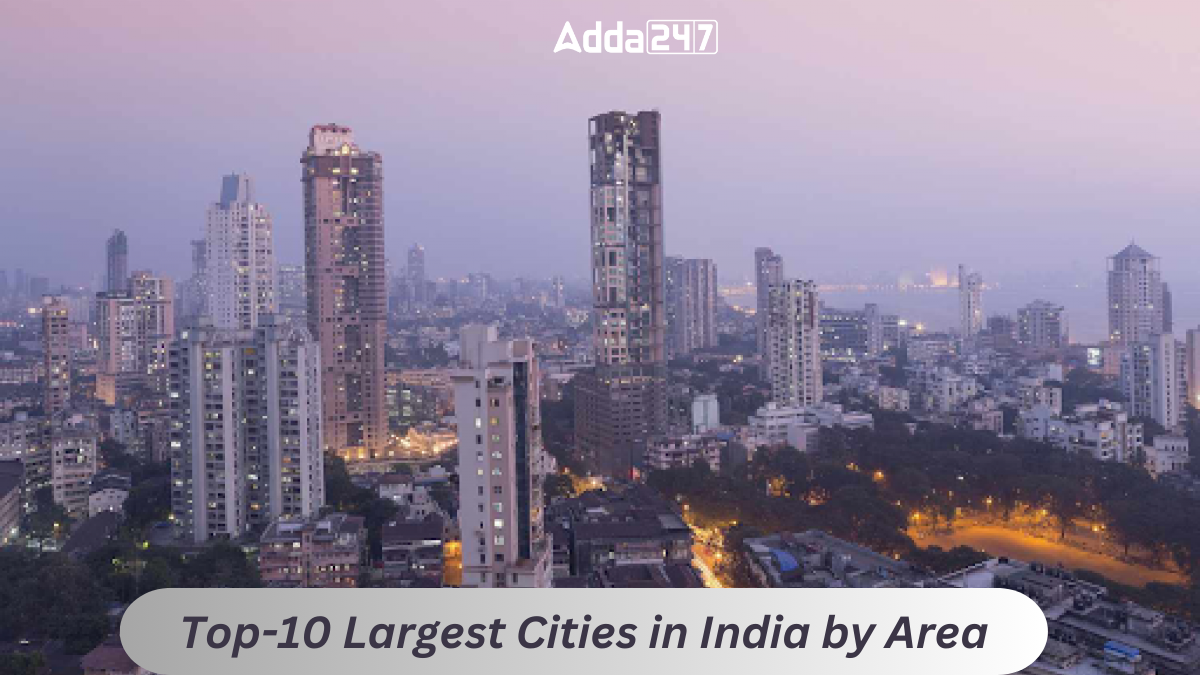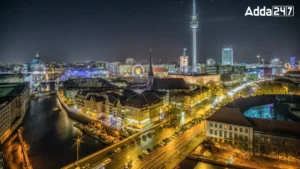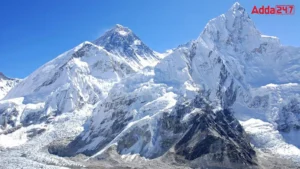India, a vast and diverse country, is home to cities of varying sizes and geographical extents. As urbanization continues to shape the nation, some cities have sprawled over extensive land areas to accommodate growing populations. In this article, we delve into the top-10 largest cities in India by area, providing insights into their geographic expanse and significance.
Largest City in India by Area
The Indian cities with the diversity in size and land, represent the country’s geographic variety. These cities of India which range from thriving metropolises to seaside communities, show the character of the nation. Delhi, the largest city in India, is known for its extensive history, cultural variety and well-known buildings. The city has the highest population growth and is renowned for its delicious food. The city offers plenty of option to call it as a ideal city.
Top-10 Largest Cities in India by Area
Delhi, the capital of India, holds the title of largest city in India by area with the total area of 1,484 sq. km, followed by Bangalore (Karnataka), Vishakhapatnam (Andhra Pradesh) and Hyderabad (Telangana).
Here is the list of top-10 largest cities in India in terms of area:
| Largest City in India by Area | |||
| S. No. | City | State | Area (in sq.km) |
| 1. | Delhi | Delhi | 1,484 |
| 2. | Bangalore | Karnataka | 714 |
| 3. | Hyderabad | Telangana | 650 |
| 4. | Vishakhapatnam | Andhra Pradesh | 640 |
| 5. | Lucknow | Uttar Pradesh | 631 |
| 6. | Indore | Madhya Pradesh | 564 |
| 7. | Ahmedabad | Gujarat | 505 |
| 8. | Pune | Maharashtra | 485 |
| 9. | Bhopal | Madhya Pradesh | 463 |
| 10. | Surat | Gujarat | 461.60 |
India’s Largest City- Delhi
State: Delhi
Area: 1,484 sq. km
Population: 16,787,941
Major Landmarks: Red Fort, Qutub Minar, India Gate and more
Delhi, India’s capital, holds the title of the country’s largest city both in terms of area and population. With over 25 million residents, it stands as the world’s second-largest urban area after Tokyo. Spanning 1,484 square kilometers, Delhi serves as the economic, commercial and communication epicenter of India. Despite grappling with challenges like urban poverty and pollution, Delhi remains a dynamic hub for politics, diplomacy and governance, boasting iconic institutions, major universities and UNESCO World Heritage Site.
Second Largest City in India – Bengaluru
State: Karnataka
Area: 714 sq. km
Population: 8,443,675
Bengaluru, the capital of Karnataka, stands as India’s second-largest city and a key economic hub, earning the moniker “Silicon Valley of India” for its IT sector dominance. Home to major tech giants such as Infosys and Wipro, Bengaluru boasts a pleasant climate, cosmopolitan culture and robust infrastructure. Well-connected and adorned with attractions like Lalbagh Botanical Garden, Cubbon Park and Tipu Sultan’s Summer Palace, Bengaluru is a vibrant city with lively pubs and diverse culinary experiences.
India’s Third Largest City – Hyderabad
State: Telangana
Area: 650 sq. km
Population: 6,809,970
Hyderabad, the capital of Telangana, holds the distinction of being the third-largest city in India. Established in 1591 CE, it boasts a rich cultural heritage from its days as the capital of the princely state during Nizam rule. Known for its Mughal and indigenous architectural marvels like Charminar and Golconda Fort, Hyderabad has evolved into a major IT hub, annually generating around $35 billion in export revenue. The city’s unique blend of Arabian and Telugu influences is reflected in its renowned cuisine, with Biryani standing out as a local favorite.
Fourth Largest City in India – Visakhapatnam
State: Andhra Pradesh
Area: 640 sq. km
Population: 2,091,811
Visakhapatnam, also known as Vizag, stands as the fourth-largest city in India along the east coast of Andhra Pradesh. Renowned for its scenic coastline and beaches like RK Beach and Yarada Beach, te hcity boasts a natural harbor strategically positioned on shipping lanes between East and West Asia. A major port city, Visakhapatnam is emerging industrially, particularly in steel and petrochemicals. Home to the Eastern Naval Command headquarters, it attracts tourists with its picturesque beaches, hills and historical sites reflecting its cosmopolitan culture.
Fifth Largest City in India – Lucknow
State: Uttar Pradesh
Area: 631 sq. km
Population: 3,500,000
Lucknow, Uttar Pradesh’s capital, ranks as the fifth largest urban agglomeration in India. Once the capital of the Nawabs in the Awadh region, Lucknow is steeped in a rich cultural heritage, celebrated for its refined “Tehzeeb.” The city boasts splendid monumental architecture, such as the Bara Imambara and Rumi Darwaza, showcasing its Nawabi legacy. Known for handicrafts like chikankari embroidery and renowned for its delectable cuisine, including Lucknowi biryani and kebabs, the city serves as a significant educational and textile industry hub. With a moderate climate year-round, Lucknow is well-connected by air, roads and rail to other Indian cities.




 Which Glacier is the Source of the Brahm...
Which Glacier is the Source of the Brahm...
 Which City of Germany is Known as the Gr...
Which City of Germany is Known as the Gr...
 Which Peak is Known as the Five Treasure...
Which Peak is Known as the Five Treasure...







